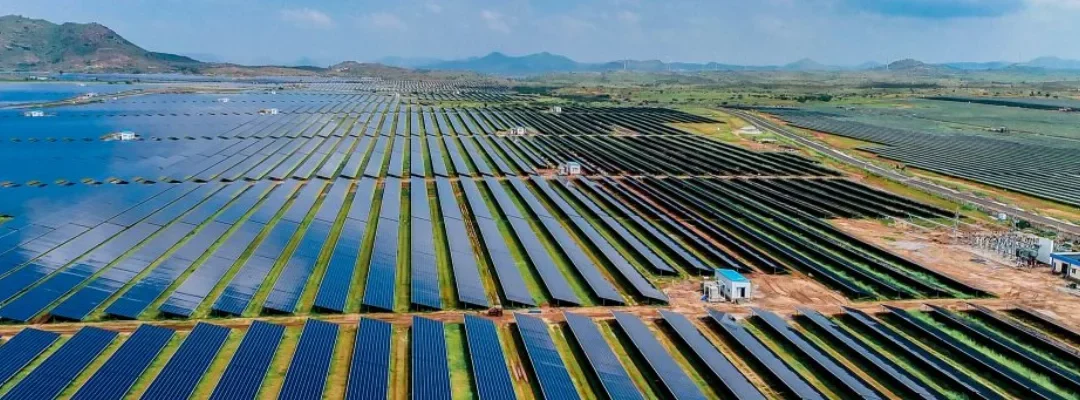Introduction
India’s journey toward achieving 500 GW of renewable energy by 2030 depends heavily on large solar parks. But behind every successful solar park lies a critical first step: land acquisition. Without clear, dispute-free land, even the most advanced solar technology cannot move forward.
This is where land aggregation plays a vital role. By consolidating fragmented plots, resolving disputes, and creating transparent agreements with farmers, land aggregators have helped shape some of India’s most iconic solar parks. Let’s look at a few case studies that show how this process works in real life.
Case Study 1: Bhadla Solar Park, Rajasthan
- Capacity: 2,245 MW (world’s largest solar park)
- Land Requirement: Over 14,000 acres
- Challenge: Land in the Thar desert was spread across multiple owners, with boundary disputes.
- Solution: Land aggregators worked with local authorities to consolidate plots, verify titles, and prepare clean land parcels.
- Result: A world-class solar park that now powers millions of homes and showcases India’s renewable leadership.
Result: A world-class solar park that now powers millions of homes and showcases India’s renewable leadership.
Case Study 2: Pavagada Solar Park, Karnataka
- Capacity: 2,050 MW
- Land Requirement: 13,000 acres, leased from thousands of farmers
- Challenge: Farmers were initially hesitant to give up agricultural land.
- Solution: Land aggregators created a long-term lease model, ensuring farmers received steady annual rental income while retaining land ownership.
- Result: Over 2,300 farmers benefit from stable income, while the region became a renewable energy hub.
Case Study 3: Charanka Solar Park, Gujarat
- Capacity: 600 MW+
- Land Requirement: 5,000 acres
- Challenge: Multiple farmers with disputed land titles slowed down early development.
- Solution: Aggregators facilitated dispute resolution and coordinated with the state government for faster approvals.
- Result: Charanka became India’s first large-scale solar park, attracting both domestic and foreign investors.
Case Study 4: Rewa Ultra Mega Solar Park, Madhya Pradesh
- Capacity: 750 MW
- Land Requirement: 1,500 hectares
- Challenge: Farmers demanded long-term security and were unsure about compensation.
- Solution: Land aggregators worked out transparent lease agreements backed by state guarantees.
- Result: Rewa solar park supplies electricity to both Madhya Pradesh and the Delhi Metro, becoming a model for future projects.
Lessons from These Case Studies
- Transparency builds trust → Farmers are more willing to participate when agreements are clear and fair.
- Leasing over selling → Lease models allow farmers to retain ownership while earning steady income.
- Legal clarity is non-negotiable → Title verification and dispute resolution are the backbone of successful aggregation.
- Partnerships matter → Collaboration between farmers, aggregators, developers, and state authorities ensures faster project execution.

